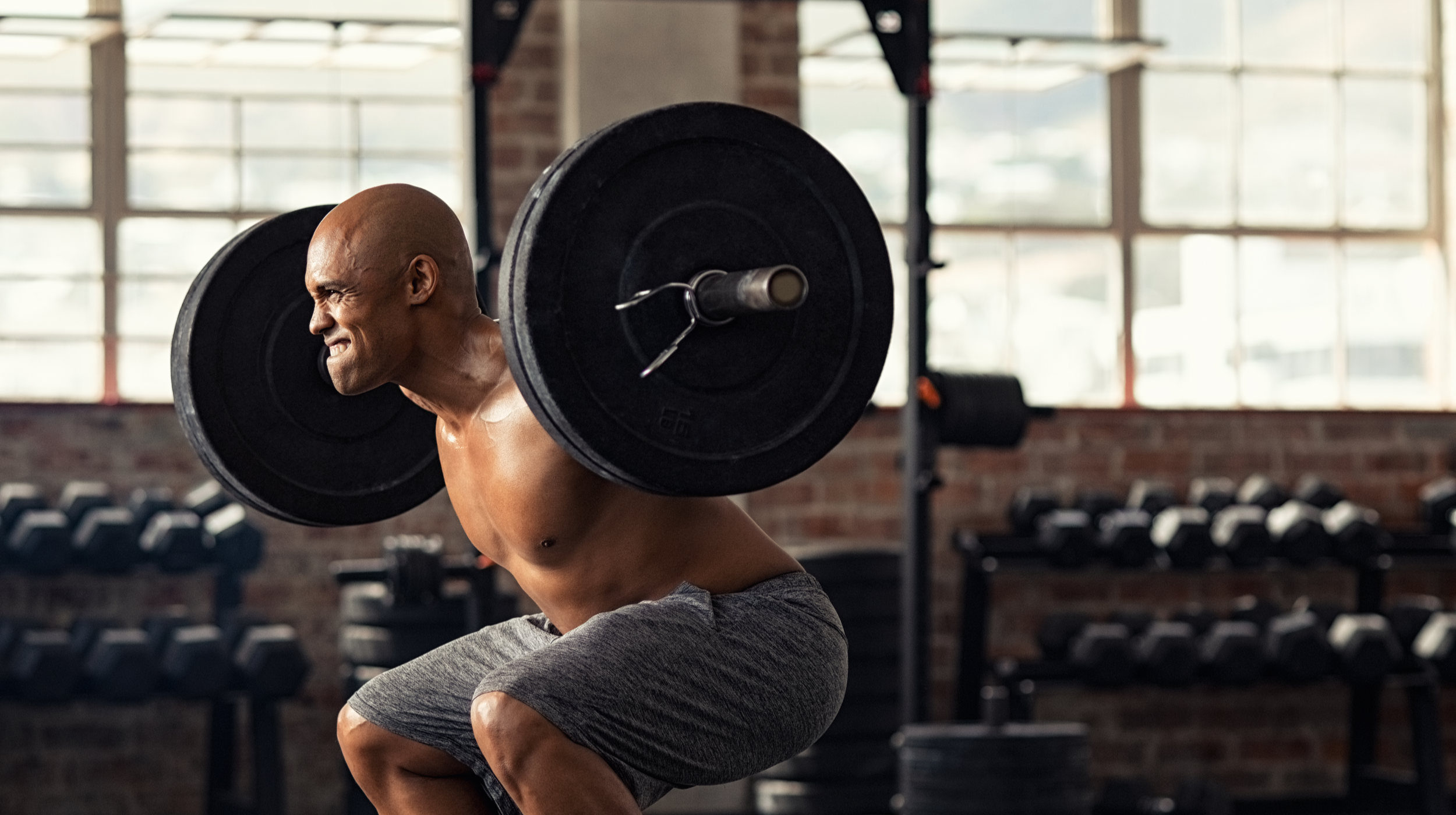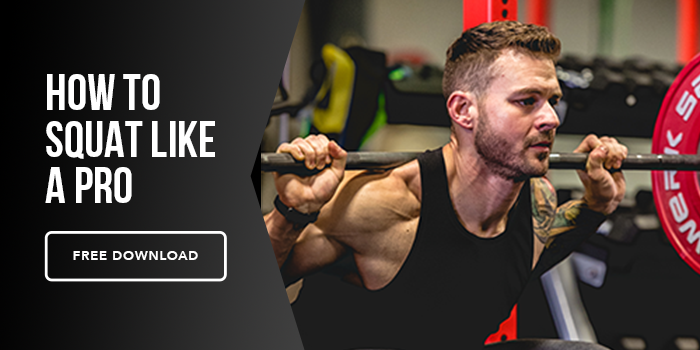If you feel like you are getting back pain when you squat there’s a good chance something is off mechanically with your form.
The Butt Wink
For most people this may be due to the “butt wink”. It’s when you have a posterior pelvic tilt of your hips. In other words, If you can’t keep your spine and hips in a neutral position (due to tightness, or inactive firing of certain muscles), the top of the hip bone tilts back forcing more flexion on the lower spine. This isn’t good because you are now compressing the disc’s between those vertebrae. On top of that, you presumably have the extra load of the weight you are squatting now compressing even more downward force on those discs in a flexed, bent position. This is how a lot of people end up with a bulging disc or, in your case, low back pain.
Whenever you have flexion of the lumbar spine, you decrease the stability of your core to effectively do its job. In an ideal bottom squat position you need your hips fully mobile to allow proper depth, while keeping your core tight to maintain that neutral position. Chances are if you have this butt wink, your core and your glute muscles aren’t firing properly, or you lack range of motion in the ankles.
Hip Mobility
Everyone has a different skeletal structure. Some people can keep a pretty narrow stance and achieve an ass to grass depth. Other people are limited as the femur gets blocked by the hip bone from getting to that same depth causing the pelvic structure to tilt back.
90/90 Drill - Perform this hip drill to open up those hips and help create space. Do 30 seconds for each side for 3-4 sets.
You might also have a tight piriformis. If this is tight, it won’t allow you to internally rotate that leg, thus not allow you to keep that more narrow stance.
Glute Test | Single Leg Bridge - Try doing a single leg bridge on the floor and holding for 20-30 seconds. Where do you feel it the most? If you feel your hamstrings doing more work than the quads or glutes, then that may be a sign you aren’t firing your hips properly.
Target the Glute - Double Leg Bridge - to train your mind muscle connection to wake up that glute and fire properly, perform the same exercise with both legs on the ground. Make sure you are driving through the heels and squeezing your glutes are hard as possible. Do this for 15 reps and a 5-10 second hold.
Cat Camel - Performing this exercise allows your spine to go through a full range of motion to help locate and loosen up any tightness that may be present. It allows you to put that spine through a full range safely without risking injury.
Strengthen The Core
Bird Dog - The biggest thing to keep in mind when performing bird dogs is keeping your core tight! People like to speed through this exercise for the sake of getting reps done. Don’t cheat! We want all focus to be on firing of the hips and NOT on the low back. Squeeze your abs as if someone was punching you in the stomach and try to lift each leg using your glutes to kick back rather than extending your low back. Do 10 on each side.
Palloff Press - This will help fire the obliques as well. Use a light band against a squat rack and fight the resistance it will be giving to try and pull you towards the rack. Again, fire your core to resist this rotation to build up that core strength against resistance.
Tight Ankles
You could also have very tight ankles. If your ankles are tight then you are sacrificing extra range of motion that would otherwise help achieve a lower depth. Either place small plate underneath your heels or wear squat shoes. Ideally, use a combat stretch to help increase the range of motion of the ankles.
Change Your Stance
Going back to the skeletal structure, sometimes we just have to acknowledge our limitations. If you feel limited physically by a narrow stance, try widening it. If you find you can get lower on the squat and it feels more comfortable, and you are maintaining a neutral spine, then go with that stance. We don’t HAVE to all have the same stance for squats.
Having that wider stance will give your femur more freedom to move allowing you to stay neutral longer during the lift.






